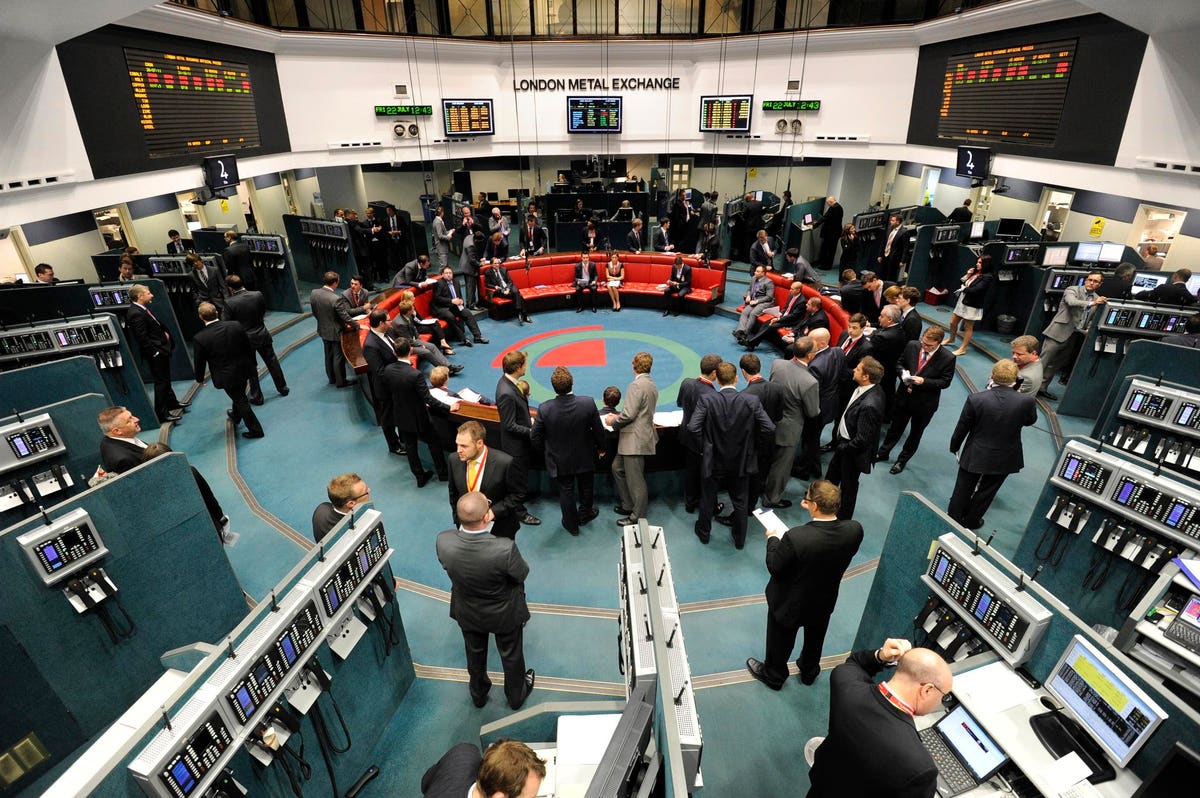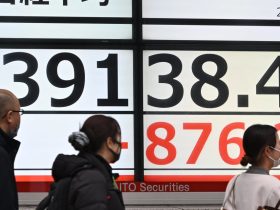Money keeps fleeing commodities mutuals funds and exchange-traded funds. But that’s likely a good sign, one way or another.
For each of the five weeks through August 23 such specialized funds lost between $225 million to $976 million recently, according to new data from the Investment Company Institute (ICI) which tracks fund flows.
While these flows may seen small compared to other categories like equities or fixed-income, the commodities sector tends not to attract American fund investors in the same way.
No other sector in the ICI lineup showed such consistent outflows over the same period. That includes domestic and foreign stocks, bonds and hybrid funds.
When investors see such determined, consistent fund outflows then it can mean that investors have become too bearish on that sector.
However, many market analysts believe that when sentiment lurches to an extreme — either very bullish or very bearish — then sooner or later the market is likely to go the other way.
That could be the case this time, particularly in the agricultural part of the commodities complex.
Consider the following comment from commodities expert Shawn Hackett, the Boca Raton-based author of the Hackett Money Flow
FLOW
- “The Goldman Sachs Commodity/BLS Cash Commodity Index hascompleted a double bottom pattern and has now turned up. This should lead to an overall inflationary move higher in overall commodities heading into the first quarter of 2024.”
Put another way, a chart pattern across the whole commodities complex — as represented by the GSC/BLS Index — suggests that commodities prices have fallen as low as they going to and are now shaping up for a rally over the next nine months or so.
Chart watching is disdained by some people on Wall Street. However, it also has many adherents and many of those find it a useful money-making indicator.
Hackett’s view is supported by his outlook for the weather in key regions along with disease impacting the food supply, plus worsening geopolitical tensions globally.
He explains the latter here:
- “Geopolitical risks are likely to continue to surface in Russia/Ukraine and elsewhere in the Middle East that will help drive a human consumed food crisis in the wheat/rice agricultural complex that will help drive a food inflation crisis heading into the Northern hemisphere winter.”
Put another way, while the Russia-Ukraine conflict continues to rage — along with other unrest in the Mid-East — interruptions to food supplies will keep prices for grains and protein higher than they would have been. Perhaps there will also be a major rally.
Meanwhile on the weather front the return of the warm damp El Nino weather system will bring bad growing weather to Asia and Africa so potentially interrupting the growth of rice, cocoa, and sugar, the Hackett report states.
Separately there there is a possibility of floods in South America. Investors should be on the lookout for how that impacts the soybean, coffee and sugar cane crops in Brazil. Brazil is a major agricultural exporter.
“Bottom-line the 18-month bear market in commodities has ended,” writes Hackett. In other words, get ready for a real rally.
Read the full article here













Leave a Reply